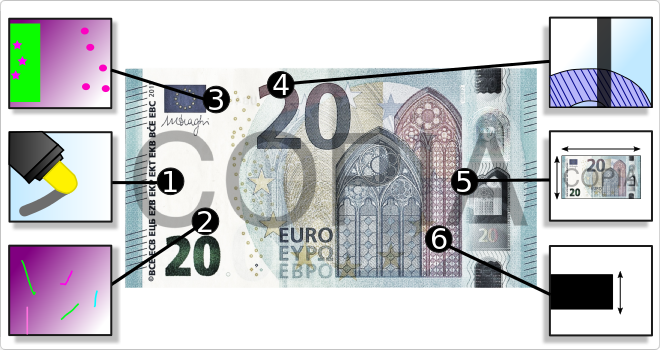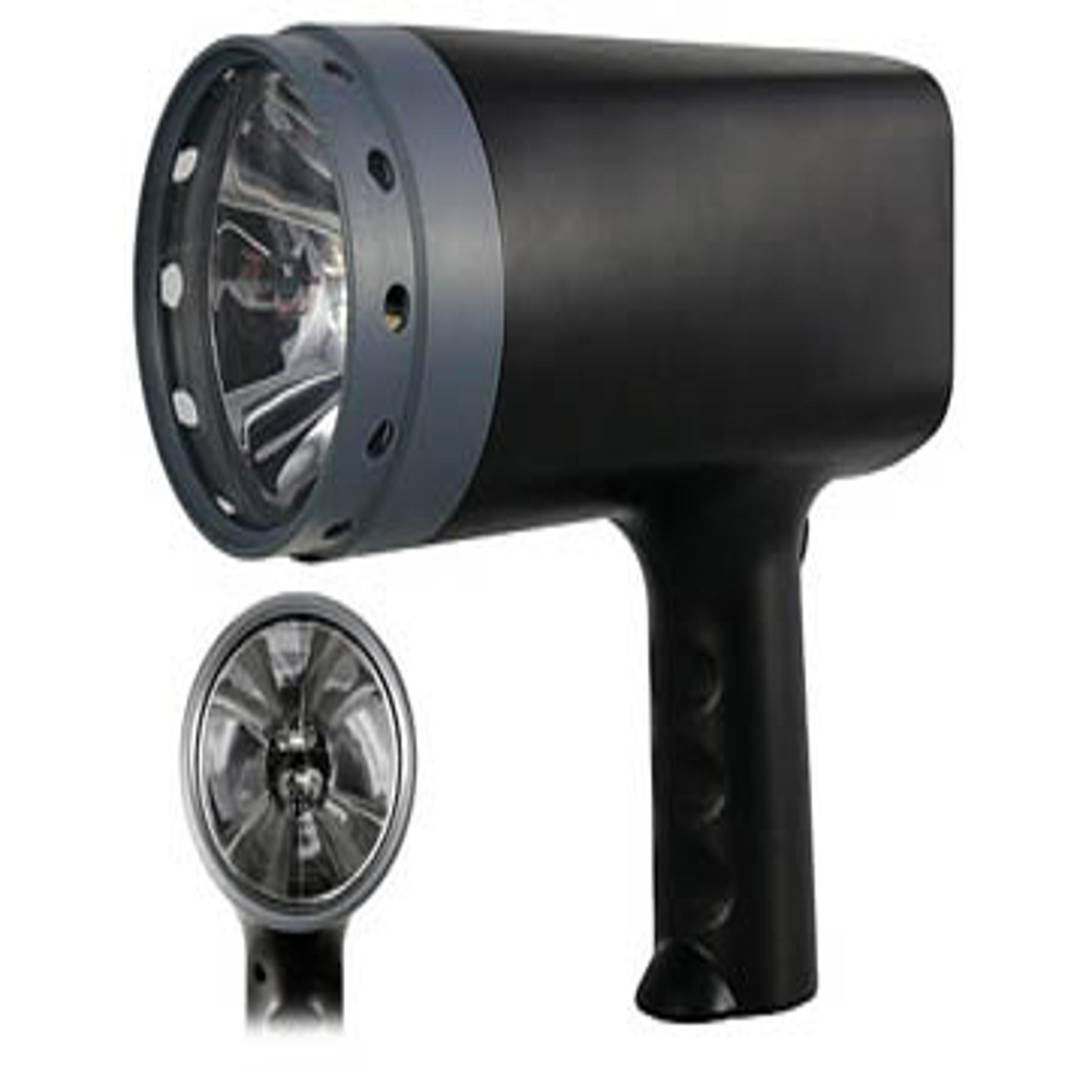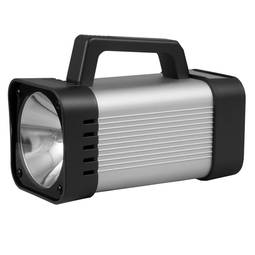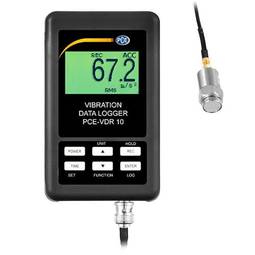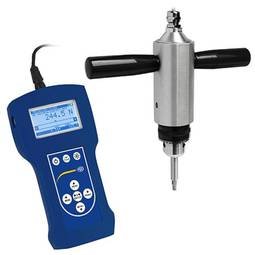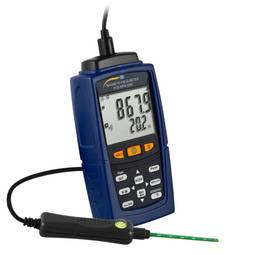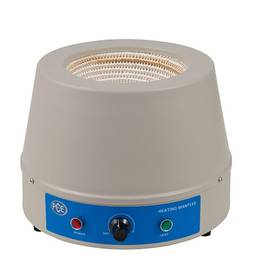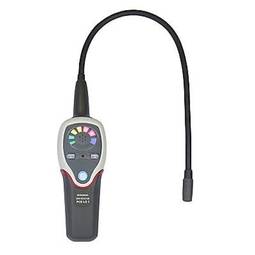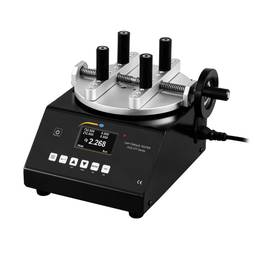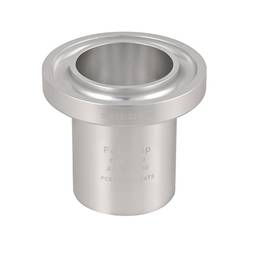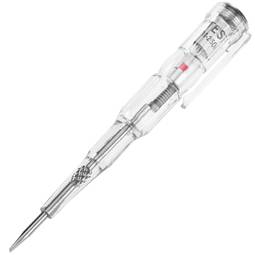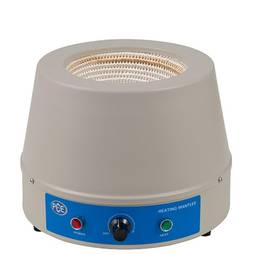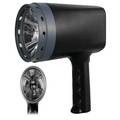05/07/2024 11:42 p.m.
https://cablematic.com/en/products/pce-om-15-stroboscope-PC285/
https://cablematic.com/en/products/pce-om-15-stroboscope-PC285/
PCE-OM 15 Stroboscope
REF: PC285
Specifications
- Characteristics: Mains power supply, external trigger input, 6500 K xenon bulb, switch for multiplier x2 and x½, up to 30,000 rpm
- Use: Control revolutions in transmissions, engines, etc., and in general for maintenance and preventive inspection.
- Ideal for saving time and money without having to stop the machinery and facilities to be controlled.
- Compatibility: Compatible with any machinery and installation.
- Connections: Connection by electrical network.
PVP
€409.88
Price including VAT:
€409.88
PVD
€381.62
PVP: Retail price.
Check conditions.
PVP: Sale price to distributors.
Check conditions.
Buy before:
Receive it:
8 business days
Delivery times are approximate. Cablematic is not responsible for delays.
warranty
returns
safe
Specifications
- Characteristics: Mains power supply, external trigger input, 6500 K xenon bulb, switch for multiplier x2 and x½, up to 30,000 rpm
- Use: Control revolutions in transmissions, engines, etc., and in general for maintenance and preventive inspection.
- Ideal for saving time and money without having to stop the machinery and facilities to be controlled.
- Compatibility: Compatible with any machinery and installation.
- Connections: Connection by electrical network.
Keywords
Did not find what you were looking for? These topic could help you
More info
The strobe is capable of reaching up to 30,000 revolutions per minute. It is a device that allows to observe in detail the processes in movement. Using a 6500K xenon bulb, a 2x multiplier switch, and an external trigger, the strobe is capable of producing a sequence of rapid flashes that illuminate the moving object for a brief instant. This means that the human eye processes them as a continuous image, similar to a film. This allows the user to detect things that were not optically visible. It is controlled by a microprocessor and is powered by 230 V. This allows controls to be carried out without having to stop the machinery, which saves time and money. Manufactured by PCE with reference PCE-OM 15.
Specifications
Specifications
- Characteristics: Mains power supply, external trigger input, 6500 K xenon bulb, switch for multiplier x2 and x½, up to 30,000 rpm
- Use: Control revolutions in transmissions, engines, etc., and in general for maintenance and preventive inspection.
- Ideal for saving time and money without having to stop the machinery and facilities to be controlled.
- Compatibility: Compatible with any machinery and installation.
- Connections: Connection by electrical network.
- Colour: Black colour.
- Technology: Directed by a microprocessor.
- Gross Weight: 1.247 kg
- Number of packages: 1
- Master-pack: 1
Technical terms
- Bill detection systems
Bill detection systems
Nowadays we all have in mind the importance of controlling and verifying the bills we receive in the stores. Thanks to the different security systems implemented and the renewal of protection systems in the new current tickets, it becomes increasingly difficult to falsify, but still an extra control is highly recommended.
Counting systems or banknote detectors use the combination of vArias detection technologies to check if the ticket is false or the ticket is true.
Among the detection systems we find from the simplest (pen) to machines that verify different characteristics of the ticket to verify their authenticity.
The most common detection systems are:
Counting systems or banknote detectors use the combination of vArias detection technologies to check if the ticket is false or the ticket is true.
Among the detection systems we find from the simplest (pen) to machines that verify different characteristics of the ticket to verify their authenticity.
The most common detection systems are:
- LABEL: Simply mark the ticket to check. If the mark is displayed in black, the billetAnd is false.
- UV: Ultraviolet detection. It allows in a visual way to verify the markings integrated in the ticket with fluorescent phosphors that can not be seen in daylight and are only visible with an ultraviolet light at a certain frequency.
- IR: Infrared light detection: Other systemOf safety implemented in the tickets is their ink, since under a type of infrared light they exhibit a special behavior. There are two types of ink, the ink that shines when exposed to an IR light and the ink that does the opposite and absorbs the light giving a black tone.
- MG1 and MG2: This is the magnetic detection. The tickets incorporate a magnetic security system, which is based on a band usually on the sideOf the note, of a ferromagnetic material. This security system is not visible without the proper detector. Another safety system based on magnetic detection is to print the bill with areas of magnetic ink.
- SIZE: It is based on the detection of the ticket checking its size in length and width. Each ticket has some special characteristics and very specific in terms of measurement, each one of them is fabriTo the millimeter.
- DD: Thickness detection. Just as each ticket has an exact size, they also have a specific thickness.
